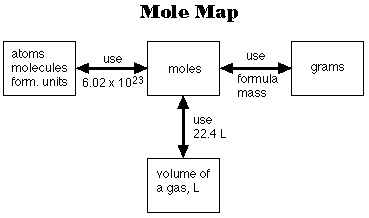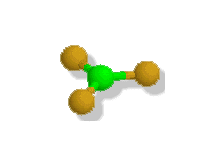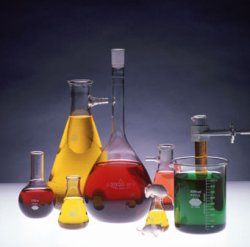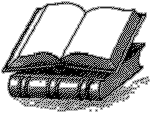
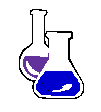
Atomic Structure
Atomic Electron Configurations and Chemical PeriodicityAtomic
Structure
Elements/Atoms
Compounds/Molecules
Chemical Equations
Product Formation
Stoichiometry
- Chapter 1, Units and Calculations Homework Problem Set
- Chapter 2, Atoms and Elements Homework Problem Set
- Chapter 3, Molecules and Compounds Homework Problem Set
- Chapter 4, Chemical Reactions Homework Problem Set
- Chapter 5, Stoichiometry Homework Problem Set
- Chapter 6, Energy and Enthalpy Homework Problem Set
- Chapter 7, Atomic Structure Homework Problem Set
- Chapter 8, Electron Configurations Homework Problem Set
